Social Media Used To Warn of Flood Dangers in Northern California
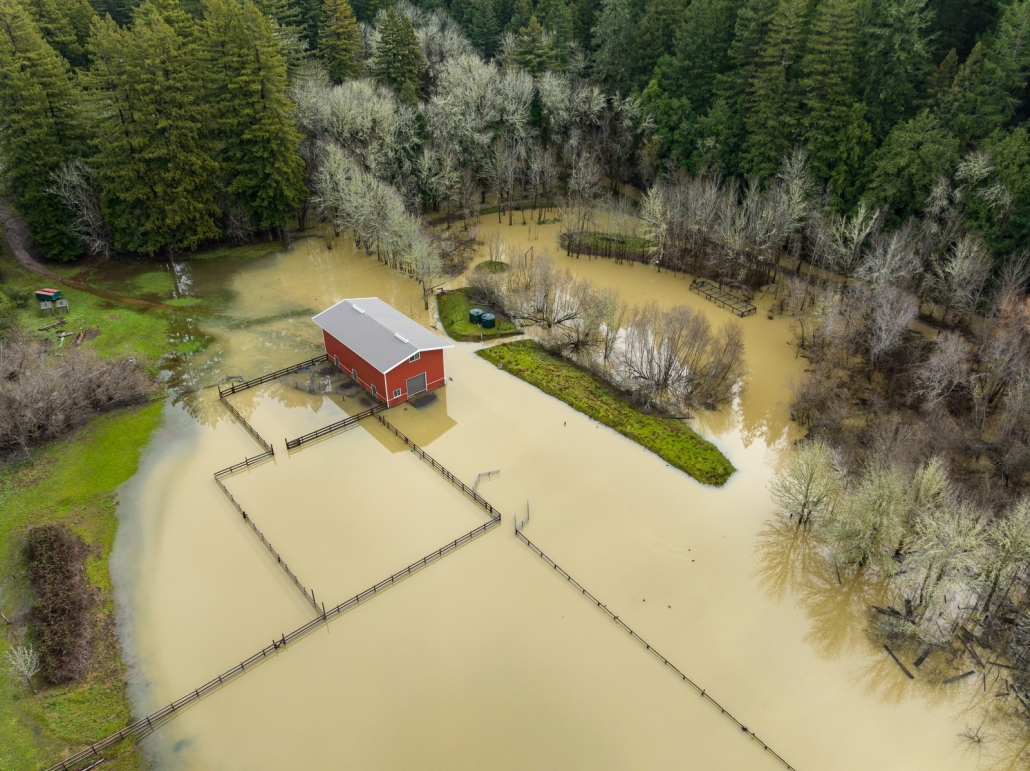
Since 1940, Guerneville has flooded 38 times. Photo credit: County of Sonoma
Sonoma County town develops effective messaging network
By Emma Janssen, Circle of Blue
Residents of Guerneville, an unincorporated community in Northern California’s Sonoma County, started 2023 with a series of powerful drenching storms, what meteorologists call atmospheric rivers. Tens of thousands of county residents lost power, tall redwoods toppled across roads. The Russian River crested over its banks, flooding roadways and inundating homes.
Lynda Hopkins, the District 5 Supervisor who represents Guerneville, stayed up late, glued to her computer to refresh the weather forecasting pages that keep her updated on the Russian River’s levels. For Hopkins, who also runs an organic farm, this information is essential. Even a change of a few inches of water level can flood roads, cutting off access to entire neighborhoods, or can creep into her constituents’ houses late at night as residents sleep unawares.
Hopkins, though, encountered a persistent impediment. The National Oceanic and Atmospheric Administration, which produces the weather reports, does not update them on a consistent schedule. Hopkins was especially frustrated with the inconsistent access to high quality information that her constituents needed.
She reached out to Joshua Leone, a friend and Guerneville resident, and a software engineer. With the new technology, Hopkins was able to send regular email updates to constituents while also meeting with emergency service departments to coordinate response efforts throughout the region.
“Taking that need, I went and wrote a simple software bot that probes that page every minute,” Leone told Circle of Blue. “If a change is detected, it would text her a screenshot of the updated river graph and the new river level prediction.”
“I’ve lived on the river my whole life. My parents came here in the late forties, early fifties. So flooding has always been in my life,” Leone added.
As California faces what may shape up to be a year of unprecedented flooding, communities like Guerneville are turning to social media and technological tools, like Leone’s automatic information system, to aid in disaster relief and communicate risk to residents. Residents and government officials alike see social media as a useful, though sometimes difficult, ally during flooding.
The notification system Leone created for Hopkins eventually grew into SoCo Monitor, a notification system for Sonoma County that anyone can access. The system works just like it did in its original iteration for Hopkins, scraping data from around the web and sending an SMS directly to everyone who signs up, informing them about fire risk, traffic incidents, river water levels, and more.
Beyond working on the code for SoCo Monitor, Leone is a Sonoma County Reporter for Watch Duty, a non-profit tracking and notification system for wildfires. Reporters monitor radio scanners and upload information to the system, which alerts users of potential risks. Leone is also a director of the Russian River Resources and Information Facebook group, where he posts updates on flood and fire conditions and points others to sources of information.
With nearly 6,000 members, the group has become a resource for the small, rural population of the Russian River Valley. Typical posts advertise local Easter egg hunts or upcoming town halls; however, in the middle of storms such as the atmospheric river in early January, residents post notices of obstructed roads, questions about where to collect resources, and pictures of the flooding.
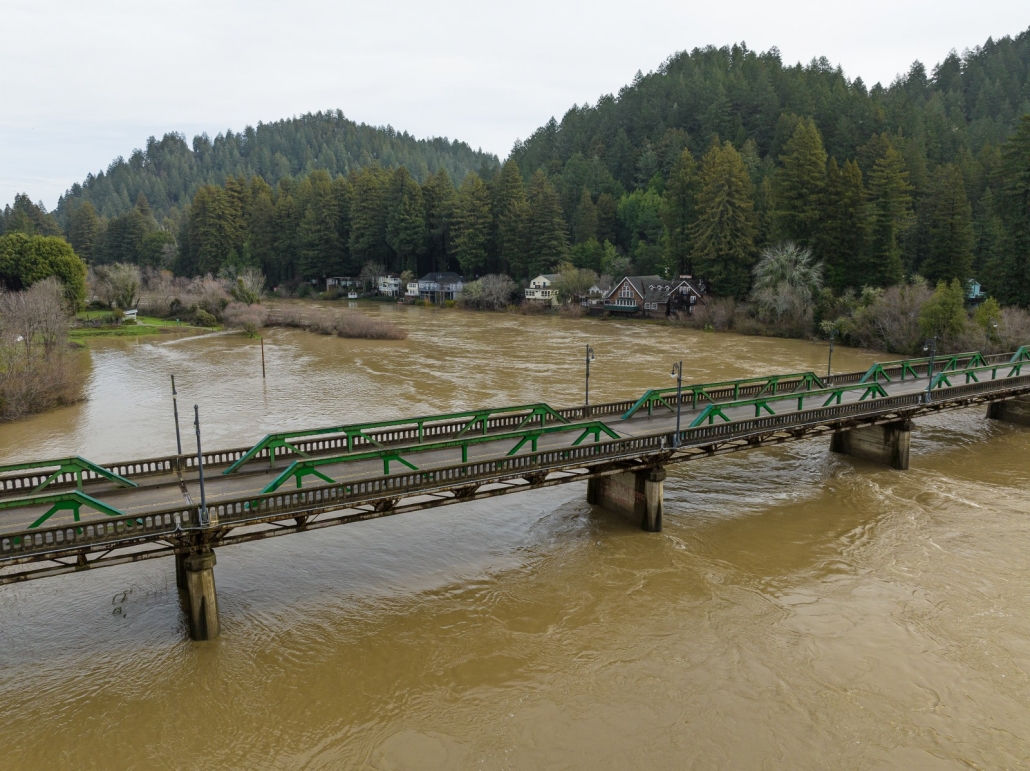
The Russian River crested to a record 48.9 feet in February, 1986. The record has not yet been broken. Photo credit: County of Sonoma
Guerneville isn’t alone in weathering massive levels of precipitation and flooding this year. The level of rainfall and snowpack accumulation are breaking records and catapulted California out of its long drought. The University of California, Berkeley’s Central Snow Laboratory records that California is at 164% of its average precipitation levels in May. Additionally, the Snow Laboratory recorded the Snow Water Equivalent (SWE), the amount of water that can be obtained from the snowpack, is at 269% of average. According to NOAA’s spring forecasting, this means that, as the snowpack begins to melt in the warmer seasons, rivers and reservoirs across the state are at risk of overflowing and flooding.
According to the U.S. Drought Monitor’s most recent report, 24.86% of the state’s area still faces drought conditions. Three months ago, that number was a staggering 97.93% of the state in drought.
Supervisor Hopkins is an advocate for the use of technology and social media to keep her constituents informed. She sees such technological developments as a way to decentralize information and spread knowledge among her constituents. “I really believe in crowdsourcing information and the wisdom of the community,” Hopkins told Circle of Blue.
It’s often not an easy sell, though. The abundance of information and alerts can also desensitize residents to real danger. “We had a span of well over 10 days where the river gauge would say: ‘you’re going to flood, you’re not going to flood.’ … So there was a bit of, for lack of a better word, crying wolf.” Leone said. “There’s a storm warning, but people get numb to that.”
Both Hopkins and Leone expressed another major concern with the growth of social media-based communications: the disparities in internet access throughout their community. “Some of our most vulnerable residents don’t have access to broadband, don’t have a cell phone that works in their neighborhood because they don’t have reception. I’ve talked to constituents who are like, ‘I don’t have a computer, I don’t do email, I don’t do social media.’” Hopkins said.
Many of Hopkins’s Guerneville constituents live below the poverty line in rural communities, and the area has always attracted those who like to live off the grid. According to Leone, residents of a trailer park in a low-lying area of Guerneville were completely caught off guard during a storm in early March. “They woke up with two feet of water and they didn’t know that was coming,” he said.
Another community member, Bryan Hughes of the Russian River Alliance, proposed a potential solution to internet access disparity: free wifi in Guerneville’s town center. According to the Sonoma County Gazette, Hughes and his technical team installed 10 access points throughout the downtown area to create the network.
During the project’s second stage, which received a grant of $390,000 from ARPA (American Rescue Plan Act), the Alliance will add Starlink Satellite hook ups powered by solar and including a battery backup. These auxiliary measures will allow the network to operate even when cellular networks and power grids are down, hopefully giving more residents access to the technological advancements pioneered in the region.
“This project is not only about equitable access, it is also about disaster preparedness. During the 2019 wildfires we had no power and our communities were evacuated. The cell towers and broadband were all down, leaving fire fighters and residents without information or communications access,” Hopkins wrote in her newsletter to constituents about the free wifi project.
And one more impediment. According to Hopkins, not all government officials are comfortable with the prevalence of information sharing on social media. “The agencies that traditionally are part of the incident command system did have reservations and still have reservations about things like Watch Duty and the democratization of information,” she said. “They were afraid that, if the information isn’t tightly controlled, it will be wrong and it will provoke fear.
“I think a lot of fears have not come to fruition. What I’ve seen from my side is consistent and accurate real time information that, quite frankly, helps a lot of us sleep better at night because we know that our phone is going to give us an alarm when a wildfire occurs. And that’s really, really important because honestly, it takes government a while to mobilize, and it takes time to send out an alert.”
Though social media and tools such as SoCo Monitor and Watch Duty help Hopkins keep her constituents informed, she also relies on other communication tools. During acute moments of natural disasters, Hopkins is constantly on social media outlets like Twitter to monitor the accuracy of her communications. “I reread [my post] half a dozen times to make sure that it is absolutely accurate. Then 10 minutes later, it might be out of date. And I’m needing to edit the post with a new timestamp and to let folks know that the situation is changing.”
“We’re taking a very Silicon Valley mentality,” Leone said. “We’re going to go real fast and probably break stuff along the way. But it’ll be useful in the end.”

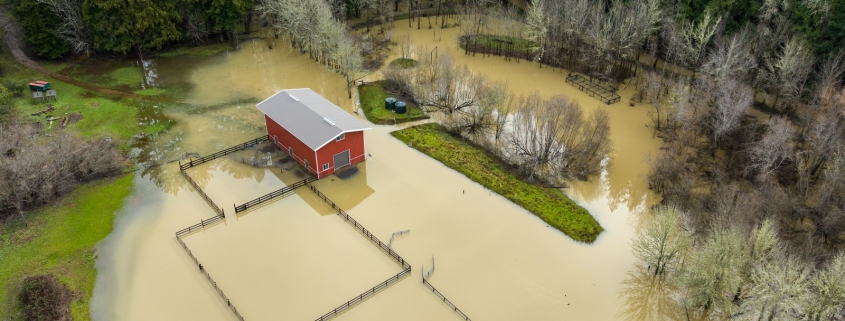
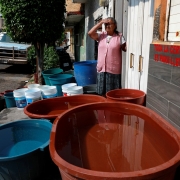
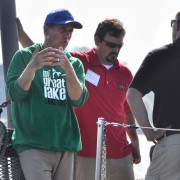
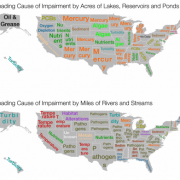
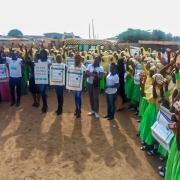
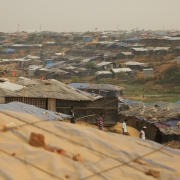
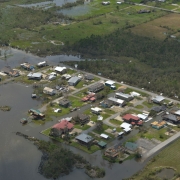



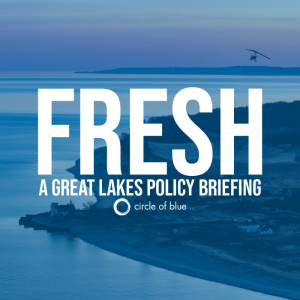
Leave a Reply
Want to join the discussion?Feel free to contribute!